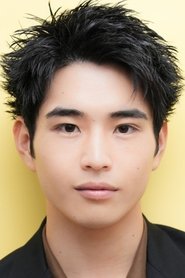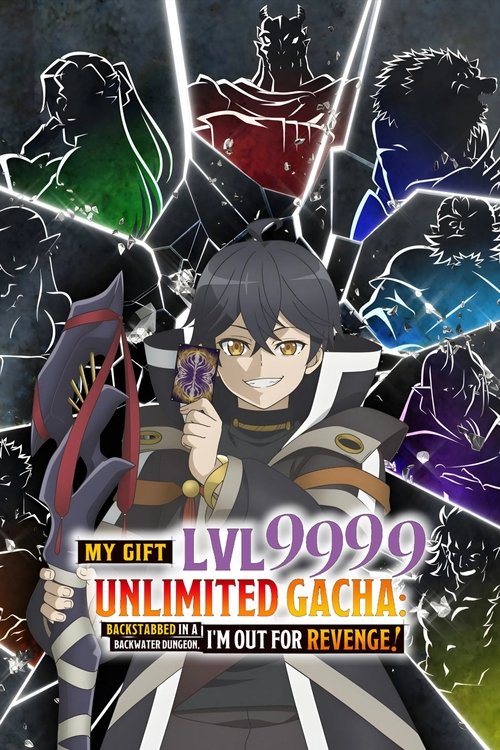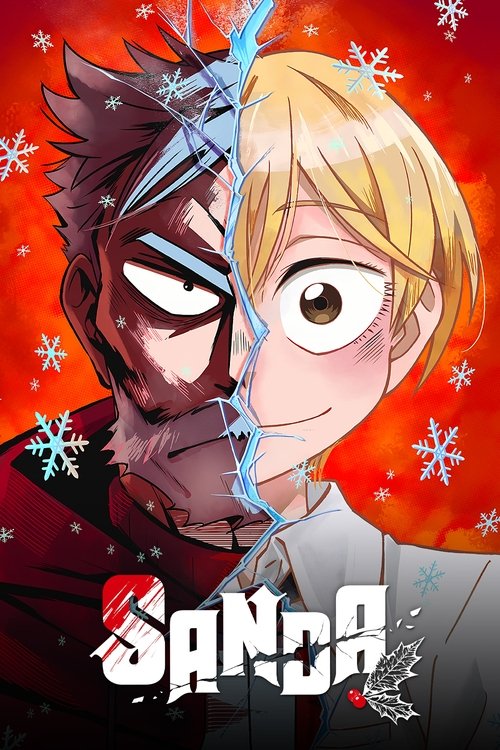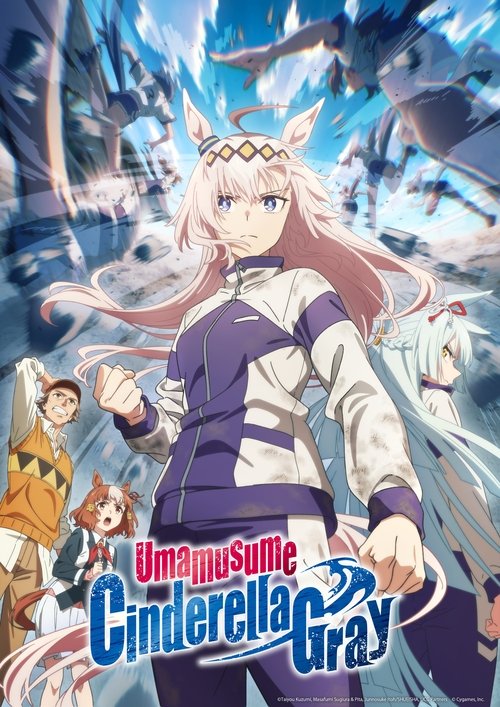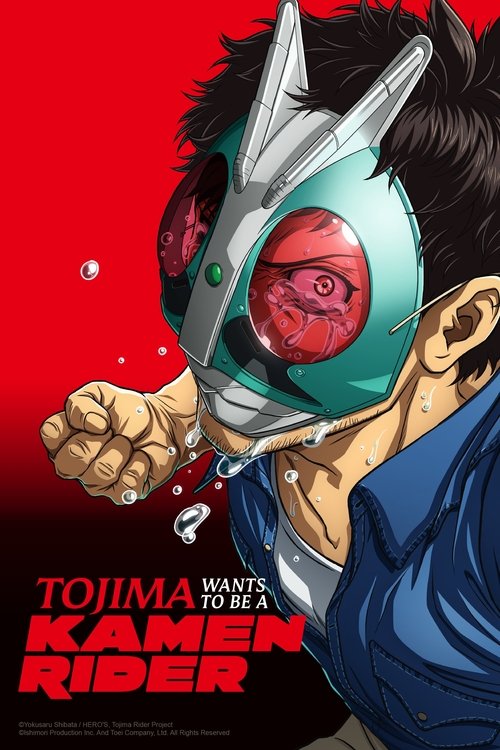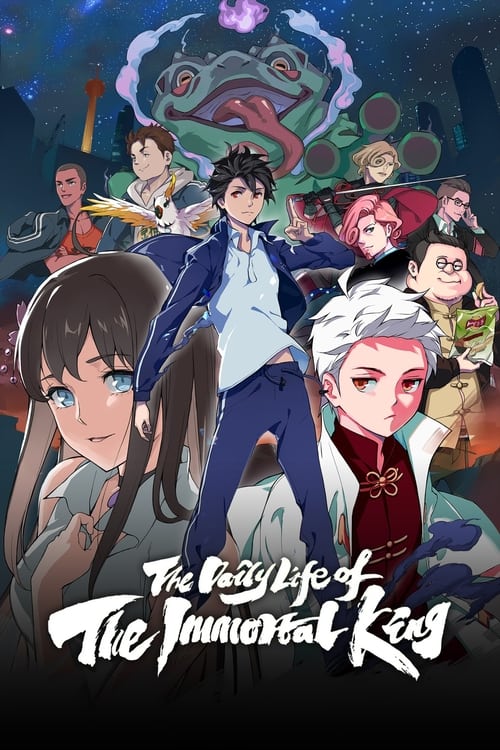
Ask Your Own Question
What is the plot?
The episode opens in the early morning at Uncle Jam's bakery, nestled deep in the forest. Uncle Jam is preparing a fresh batch of anpan, carefully placing the dough in the oven. As he closes the oven door, a bright Star of Life streaks across the sky and falls down the chimney, landing directly in the oven. The dough begins to glow, and moments later, Anpanman emerges, fully formed and ready for action.
Anpanman greets Uncle Jam, who is both surprised and delighted to see his creation come to life. Anpanman explains that he feels a strong sense of purpose to help others and protect the world from evil. Uncle Jam reminds him that his strength comes from the kindness and love baked into his anpan head, and warns him that if his head becomes damaged, he must return for a replacement.
Later that day, Anpanman sets out into the forest to explore. He meets Shokupanman, a cheerful friend with a bread roll for a head, who is struggling to carry a heavy basket of fruit. Anpanman helps him deliver the fruit to a village where the children are hungry. The villagers are grateful, and Anpanman feels a deep sense of fulfillment.
As Anpanman and Shokupanman continue their journey, they encounter Baikinman, the mischievous villain with a germ-covered head. Baikinman is attempting to steal the villagers' food supplies, claiming that only he deserves to eat. Anpanman confronts him, demanding that he return the stolen food. Baikinman laughs and challenges Anpanman to a battle, declaring his signature battle cry, "Ha-hi-hu-he-ho!"
The two engage in a physical fight. Baikinman uses his germ powers to try to weaken Anpanman, but Anpanman remains determined. During the struggle, Baikinman manages to knock Anpanman's head off, causing it to roll away. Anpanman's body collapses, his eyes turning into X's. Baikinman celebrates, believing he has won.
Shokupanman rushes to Anpanman's side and quickly retrieves his head. He carries it back to Uncle Jam's bakery, where Uncle Jam bakes a fresh anpan head. The new head is placed on Anpanman's body, restoring his strength and vitality. Anpanman thanks Shokupanman and Uncle Jam, then rushes back to the village.
Anpanman confronts Baikinman once more. This time, he is stronger and more focused. He uses his signature move, the "Anpan Punch," to knock Baikinman off his feet. Baikinman tries to escape, but Anpanman blocks his path. Baikinman finally surrenders, returning the stolen food and vowing to behave--though he mutters under his breath that he'll be back.
The villagers celebrate Anpanman's victory, sharing the food and singing songs of gratitude. Anpanman smiles, knowing he has made a difference. The episode ends with Anpanman and Shokupanman walking into the sunset, ready for their next adventure.
Related Titles
Browse All Titles →
What is the ending?
The ending of Anpan Season 1, Episode 25, concludes with a heartfelt reunion between Nobu Asada and Takashi Yanai, where they overcome past struggles and misunderstandings to embrace a hopeful new beginning together. The episode closes on a note of emotional resolution and renewed love, highlighting the resilience of their relationship and the power of family bonds.
Expanded narrative of the ending scene by scene:
The episode opens with Nobu and Takashi facing the emotional weight of their past conflicts and personal challenges. Nobu, who had been deeply influenced by her experiences during the war and her evolving values, confronts the lingering doubts and tensions between her and Takashi. Takashi, who has faced professional setbacks and personal doubts, is shown grappling with his identity as a manga creator and his commitment to their shared ideals.
As the scene progresses, Nobu and Takashi engage in a sincere and heartfelt conversation. Nobu expresses her feelings and the changes she has undergone, while Takashi reveals his struggles and hopes. Their dialogue is filled with emotional honesty, allowing them to bridge the gap that had formed between them.
The pivotal moment arrives when Takashi makes a heartfelt confession, reaffirming his love and dedication to Nobu. This confession acts as a catalyst for their reconciliation. Nobu responds with warmth and acceptance, signaling her readiness to move forward together.
Following this emotional exchange, the couple embraces, symbolizing their renewed bond and mutual understanding. The atmosphere is tender and filled with hope, underscored by gentle music and soft lighting that emphasize the intimacy of the moment.
The episode then shifts to scenes showing the couple planning their future, suggesting a new beginning built on the foundation of their shared experiences and love. The narrative highlights the theme of resilience, illustrating how Nobu and Takashi have grown individually and as a couple through their trials.
The final moments focus on the broader family and community context, showing other main characters in moments of quiet reflection or joyful interaction, reinforcing the interconnectedness of their lives and the support system around Nobu and Takashi.
The episode closes with a serene scene of Nobu and Takashi walking hand in hand into a bright, promising future, symbolizing hope and continuity. The narration reflects on the enduring nature of their love and the justice they seek, leaving viewers with a sense of closure and optimism.
Fate of main characters at the end:
-
Nobu Asada: Reconciled with Takashi, embracing a hopeful future together, having grown through her wartime experiences and personal evolution.
-
Takashi Yanai: Overcame professional and personal doubts, reaffirmed his love for Nobu, and looks forward to continuing his creative and personal journey with her.
-
Other main characters: Shown in supportive or reflective roles, their stories suggest ongoing lives enriched by the central couple's reconciliation and the community's bonds.
This detailed ending captures the emotional resolution and thematic closure of the series, emphasizing love, resilience, and the pursuit of justice through personal and shared growth.
Is there a post-credit scene?
I don't have information available about a post-credit scene in Episode 25 of Anpan Season 1. The search results provided do not contain specific details about Episode 25's content or any post-credit scenes from that particular episode.
To get accurate information about whether Episode 25 has a post-credit scene and what it contains, you would need to watch the episode directly or consult episode-specific reviews or fan discussions that detail the episode's full content.
What significant event happens to Takashi in Episode 25 of Anpan Season 1?
In Episode 25, Takashi passes the entrance exam for Tokyo Higher School of Fine Arts, marking an important milestone in his life and story arc.
How does Takashi's uncle Hiroshi influence or appear in Episode 25?
Takashi's uncle Hiroshi, played by Yutaka Takenouchi, appears in Episode 25, presumably providing support or playing a role related to Takashi's success in the entrance exam.
What emotional or psychological challenge does Yamazaki face in the series, particularly noted in the context of surveillance work?
Yamazaki suffers from an Anpan-related breakdown while on a surveillance job, indicating a moment of psychological stress or crisis for this character.
What role does Nobu play in Episode 25, and how is her character depicted?
In Episode 25, Nobu is depicted as a girl running through the town of Kochi at incredible speed, continuing to believe in Anpanman despite challenges, showing her determination and faith.
What is the setting and historical context for the characters' interactions in Anpan, especially in Episode 25?
The story, including Episode 25, is set around the beginning of the Showa era, focusing on the lives of characters like Takashi and Nobu in Kochi as they navigate pre-war, wartime, and post-war challenges, with specific events such as Takashi's exam success highlighting personal growth amid this backdrop.
Is this family friendly?
The TV show Anpan, Season 1, Episode 25 is generally family friendly, consistent with the tone of NHK's Asadora morning drama series. The episode centers on themes of perseverance, friendship, and everyday life challenges, presented in a warm and uplifting manner suitable for most audiences, including children.
There are no explicit scenes of violence, strong language, or sexual content. However, viewers may encounter mild depictions of emotional hardship, such as characters expressing sadness, worry, or moments of personal struggle, which are handled with sensitivity and empathy. Some scenes may briefly touch on themes of loss, illness, or family separation, which could be mildly upsetting for very young or sensitive viewers, but these are not graphic or prolonged.
Overall, the episode is appropriate for family viewing, with any potentially upsetting elements presented in a gentle, age-appropriate way.













